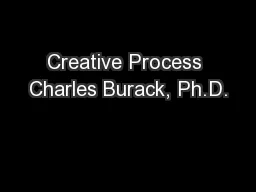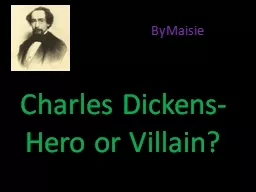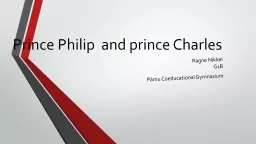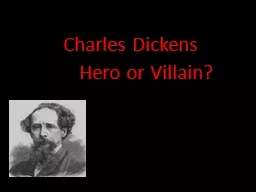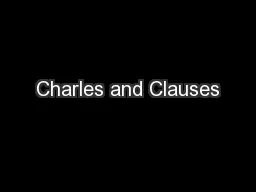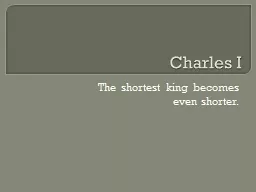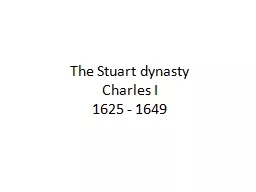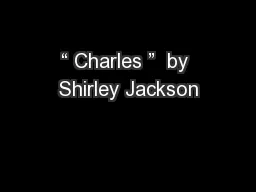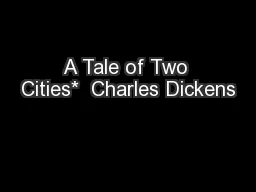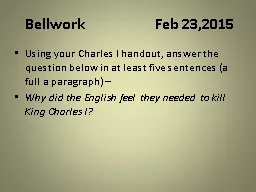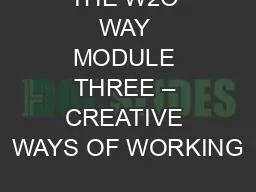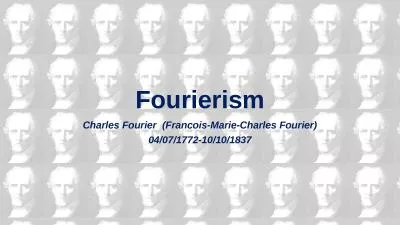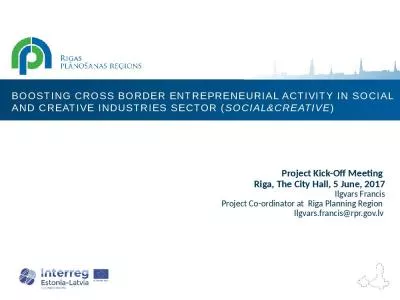PPT-Creative Process Charles Burack, Ph.D.
Author : phoebe-click | Published Date : 2018-02-24
PYC 4217 Psychology of Creativity Revised July 30 2014 1 Cognitive Approach to Studying the Creative Process Study the cognitive abilities that everyone shares
Presentation Embed Code
Download Presentation
Download Presentation The PPT/PDF document "Creative Process Charles Burack, Ph.D." is the property of its rightful owner. Permission is granted to download and print the materials on this website for personal, non-commercial use only, and to display it on your personal computer provided you do not modify the materials and that you retain all copyright notices contained in the materials. By downloading content from our website, you accept the terms of this agreement.
Creative Process Charles Burack, Ph.D.: Transcript
Download Rules Of Document
"Creative Process Charles Burack, Ph.D."The content belongs to its owner. You may download and print it for personal use, without modification, and keep all copyright notices. By downloading, you agree to these terms.
Related Documents

